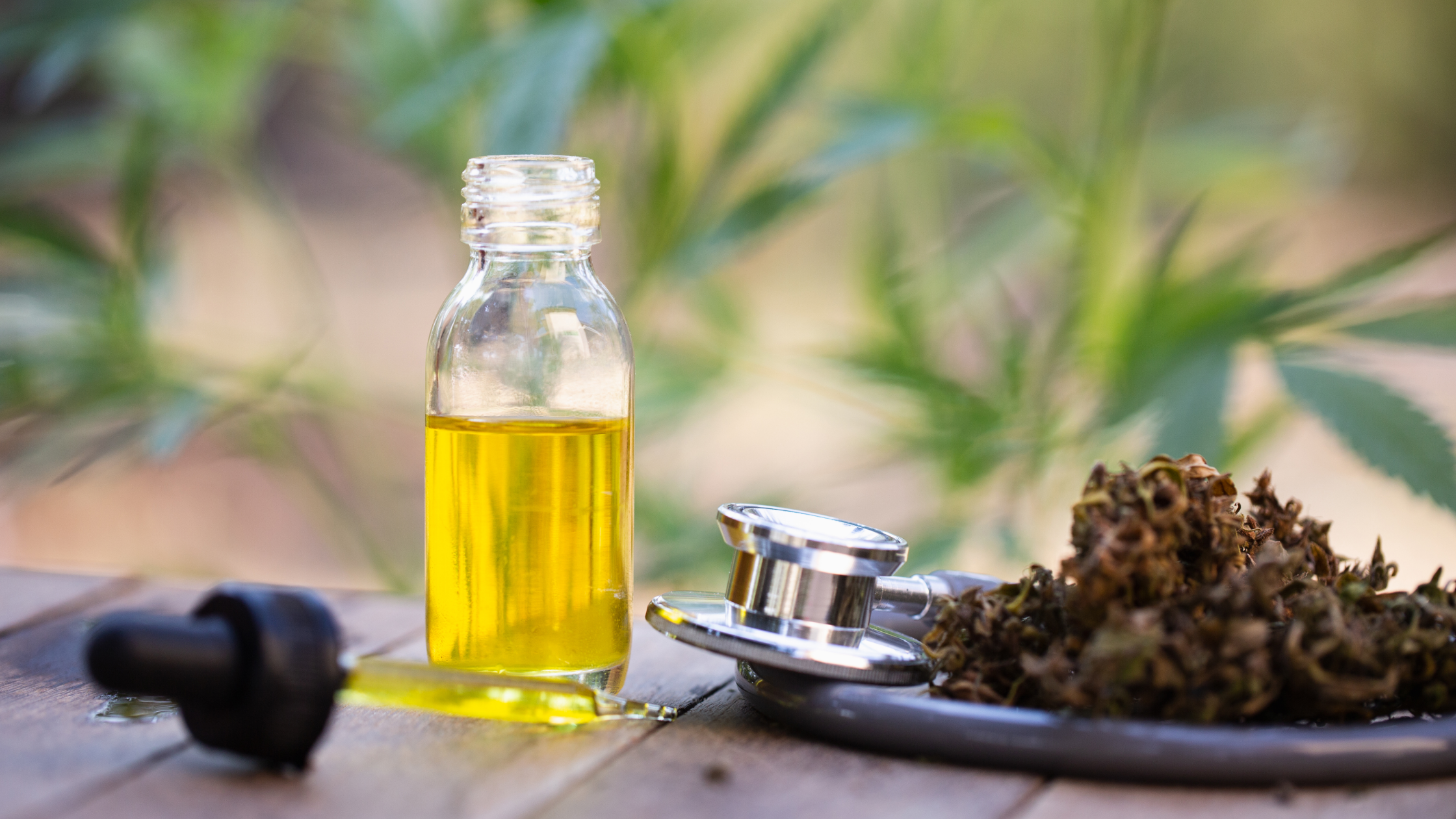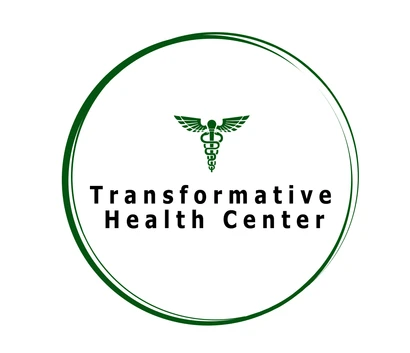Pain is the way your body announces that something is not right. It may result from a severe injury or any other condition that prompts you to seek some form of pain management. This is not easy as there is no truly effective medicine for certain types of pain. However, there are topical methods deemed effective to provide pain relief including anti-inflammatory drugs or pain pills. Physicians may also recommend that you participate in physical therapy, which can be time-consuming.
However, as medical marijuana continues to gain traction, researchers weigh the possibility of medical marijuana having the potential to be helpful in pain management.
That said, here is a brief elucidation of everything you need to know about medical marijuana for pain relief.
What is Medical Marijuana?
Marijuana originates from the cannabis plant. Cannabis contains several different compounds—the prominent one being cannabinoids. These cannabinoids denote chemical compounds which act on the cannabinoid receptors found in the brain. Therefore, producing different reactions in the body.
The medical use of cannabis originates from the fact that various researchers have found it potentially beneficial for medical conditions such as pain. Such promising benefits have consequently prompted many states to legalize medical cannabis, indicating the imperative nature of medical cannabis.
How Does Medical Marijuana Affect Pain?
The two most prominent cannabinoids that are responsible for the potential effect produced by marijuana are CBD and THC. Put briefly, CBD and THC have different impacts on your body when ingested. Therefore, to get a good understanding of how medical marijuana affects pain, you’ll need to understand how each of the cannabinoids affects your body.
CBD and Pain
CBD—short for cannabinoids—is not known to have any psychoactive effect on your body. Quite simply, ingestion of CBD into your body may often be accompanied by a feeling of calmness and relaxation.
When it comes to pain relief, CBD may encourage inflammation reduction. The CBD acts on the injured area by potentially triggering the repair cells in your body to switch from causing inflammation to reducing inflammation. As a consequence, the injuries become less swollen and less painful.
Also, CBD could play a crucial role in producing a compound called anandamide. Anandamide is a chemical compound that is responsible for regulating feelings of pain in the brain. As such, when produced, it dampens the signals that transmit the painful feeling to your brain, therefore reducing any sort of pain.
THC and Pain
THC—short for tetrahydrocannabinol—is quite different from CBD with respect to its effect on your body. This chemical compound is often associated with the “high feeling” in marijuana. In other words, THC has psychoactive properties, which may result in psychoactive effects.
However, its potential to reduce pain stems from its anti-inflammatory properties. This means that in the event of an injury, the THC may relieve pain by reducing inflammation at the site of the injury.
Also, THC is known to trigger the activation of CB1 and CB2 receptors, which could directly affect how your body responds to pain.
Which Types of Pain Can Medical Marijuana Help With?
It is hard to ignore the fact that medical marijuana may be promising for helping obtain pain relief. Researchers have even gone further to assert that some patients may consider medical marijuana as an alternative to opioids. However, the following are the different types of pain that medical marijuana may help with:
Nociceptive Pain
Nociceptive pain often arises as a result of tissue damage. Both THC and CBD may be effective in treating nociceptive pain in various ways. CBD, for instance, may help reduce inflammation that arises when your tissues are damaged. On the other hand, THC may relieve pain by activating the CB1 and CB2 receptors, which directly affect how the body experiences pain.
Neuropathic Pain
CBD and THC have the potential to be helpful for treating neuropathic pain. Put simply, neuropathic pain arises when the nervous system in your body is damaged—which often results in pain in multiple areas of your body.
THC and CBD may be able to dampen the pain signal sent to the brain to reduce pain in the affected areas. In doing so, they may regulate the feelings of pain in the brain.
How Can Medical Marijuana Be Used for Pain Relief?
Pain arises due to multiple conditions, and therefore, various areas of your body may be the source of pain. As such, using medical marijuana to potentially relieve pain entirely depends on the type of pain you experience.
For example, nociceptive pain is known to occur from the damaged tissue on the skin’s surface. Therefore, a salve that contains both THC and CBD could be imperative to reduce this type of pain. In essence, a salve containing THC and CBD could effectively absorb directly into your tissues—thereby reducing pain.
Neuropathic pain, on the other hand, requires you to take a different approach. This is because the pain arises from a damaged nervous system found within your body. Therefore, you’ll need to get a product—such as edibles or vapes—that gets the CBD and THC into the bloodstream. In essence, having CBD and THC in your bloodstream may allow for proper transmission of the chemical compounds into your brain which, afterward, could reduce pain.
Contact Transformative Health today to learn more about medical MMJ or fill out the form below:
- 225-888-4041Interested in Learning More?
 Skip to content
Skip to content


